Review: Squier Standard Stratocaster (Affordable, but how does it sound?)
A long time ago, a Squier Strat was my very first electric guitar – it’s a popular choice for beginners.
I recently found myself in need of a Strat-type guitar, but I wasn’t sure of the extent I’d use it, so I was reluctant to put a lot of money into – I know that’s a familiar scenario to most people!
Player’s can get a bit snotty about beginner instruments, especially Squier Strats, but I’d heard good things about the modern ones, so I wanted to find out for myself, and put it through its paces with the cynicism of a more experienced player.
| Neck joint type? | Bolt-on | |
| Body material? | Agathis | |
| Neck material? | Maple | |
| Fingerboard material? | Rosewood or maple | |
| Number of frets? | 22 | |
| Pickup configuration? | Three single coils |
Parts
The first thing I wanted to look at was the parts that make a Squier Standard Strat these days, and, as with any guitar, the heart of its sound is the wood that’s used.
Before we begin, make sure you’re ordering Squier Strat from a legitimate retailer, NOT from a counterfeit seller. For your convenience, here is the Amazon link to an authentic Squier Strat retailer.
The body of this instrument is made from a wood called agathis. Don’t feel bad if you had to Google it: full disclosure – so did I! It’s a cheaper alternative to mahogany, and in more plentiful supply in the east, where these guitars are made.
That could set off alarm bells, but at the end of the day, this is a budget guitar: you’re not going to get the same quality tone woods as something that costs $1,500. But, the Squier brand is an off-shoot of Fender – they’re not going to damage their brand reputation with terrible-sounding wood.
It’s a balancing act really.
As for the bits and pieces attached to that agathis, it’s mostly unbranded. Again, that reflects the pricing category of the guitar, but a brand like Fender will have some kind of quality control in place.
Construction
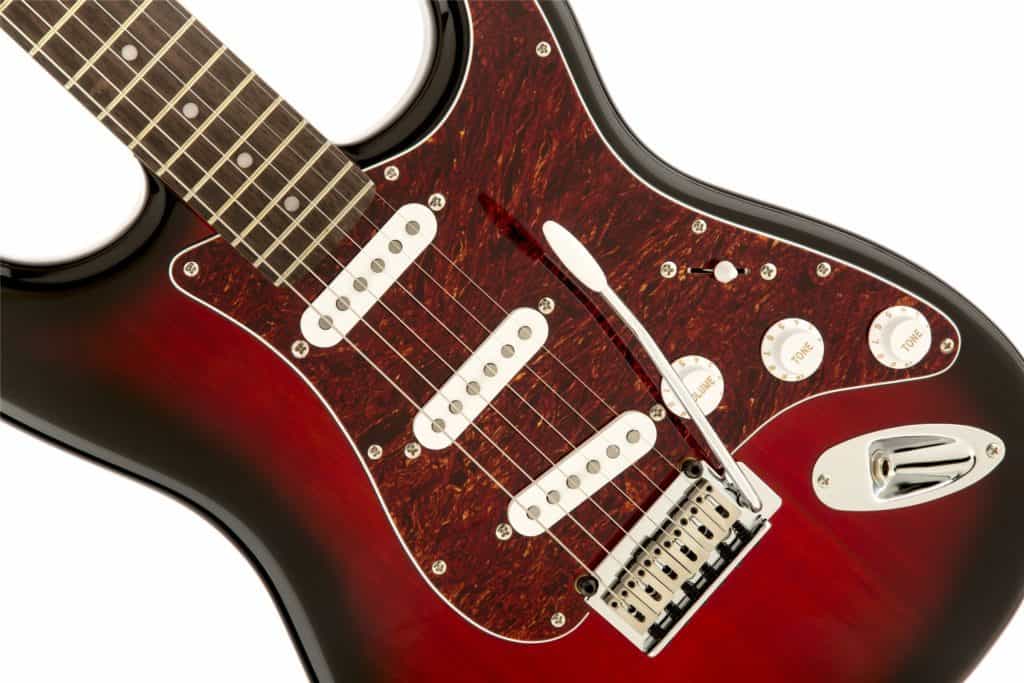
Straight out of the box, it’s worth having a close-up look at how the guitar has actually been put together.
Whenever I examine a new guitar like this, I go straight for the neck joint. If there’s going to be tell-tale signs of shoddy construction, it’s most likely going to be there.
I was pleased with how tidy this was though: the neck was flush with the body; no gaps; it didn’t look like it had been wedged in (that sounds ridiculous, but I’ve seen it!); and no unsightly glue marks. So far, so good then.
Looking along the neck, it all looked straight and even, and a closer look showed a very tidy finish along the frets and fingerboard.
Everything else – hardware like the machineheads, pickups and knobs – all seemed sturdily attached. Yes, I did give them a solid poke with my finger to see how they were doing!
Tones
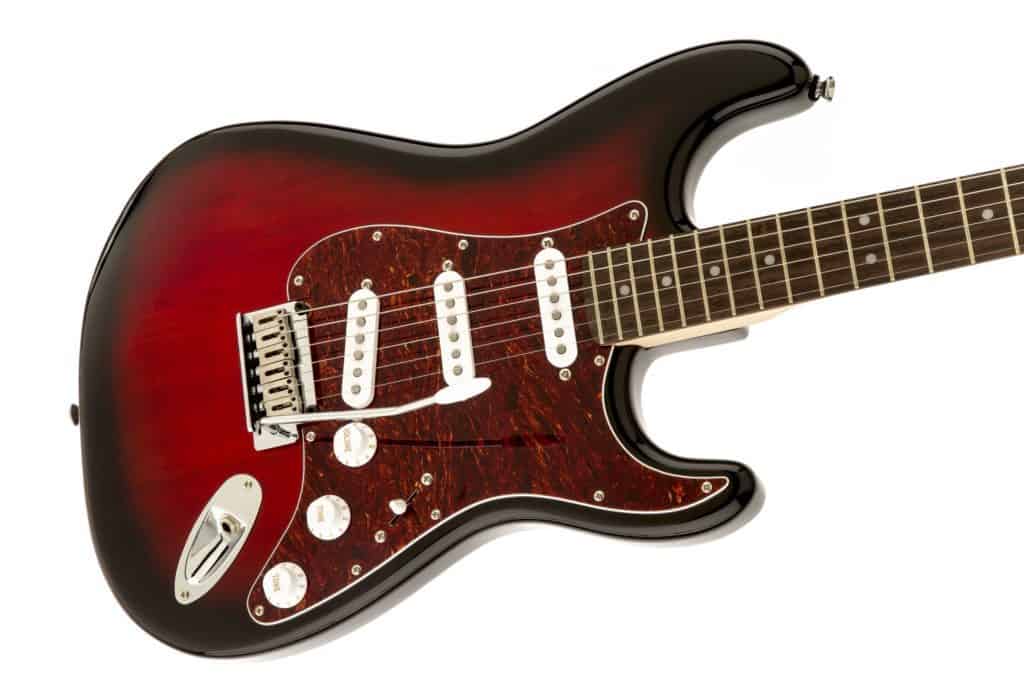
The most exciting part – finding out what it sounds like!
I read that it’s useful to give new electric guitars a few strums before you even plug them in, so you can hear it as a guitar, rather than as a guitar and amp, if that makes sense? You don’t want to go straight into cranking it up so all you can hear is distorted riff and squeals!
The low E got a little rattly on the fifth fret, but nothing a bit of a setup wouldn’t fix. I wasn’t concerned.
My amp is an all-valve, 15 watt combo, from a British brand, but made in China. It’s a stunning amp that has never let me down, and there’s not a guitar I’ve played through it that didn’t sound great. With the Strat plugged in, I went straight for my go-to settings: bass at four, middle and treble each at six; gain at six, and volume at a neighbour-friendly six.
What I needed to get from this Strat was blues-rock, in the vein of Rory Gallagher and Eric Clapton. I knew with the setup I was running, that I was in the right ballpark.
Starting with the bridge pickup, and I have to say, I didn’t like it. I’m not a fan of bridge pickups anyway, but this was doing nothing to win me over. Even through my lovely valve amp, I just found it harsh.
I didn’t spend long on the bridge/middle combination, but the little time I did spend there, indicated that I was heading in the right direction. When I got to the middle pickup, I had a feeling I’d found the sweet spot. It sounded fat enough for chords, but at the same time, I felt the solos would still cut through the rest of the noise in a band scenario. It would be a good all-rounder setting.
The middle/neck and neck pickup settings were a bit muddy for my liking. I could definitely see another player, in a different style gelling with it – probably somebody a little grungier – but it wasn’t for me.
In saying all that, even though I knew I’d found something that would do what I needed, it wasn’t going to compete with more expensive model from Fender’s stable.
Playability
Putting the sounds aside for a quick minute, I want to talk about the playability of this guitar. A guitar can sound as good as you need or want, but if it doesn’t feel nice to play, you won’t keep going back to it… and that makes it a waste of money.
Look, I’m not going to pretend it’s the nicest guitar that you’ll ever play, but it’s certainly adequate. It’ll do what I need, but depending on the project I got it for, I can’t guarantee that I’ll never sell it on.
Out of the box, the action is a little bit high for my liking. It’s nothing a setup would fix, but given the cost of getting guitars professionally these days, and the value of this guitar, I’d be more inclined to give it a go myself than part with cash.
Flying up and down the fingerboard, despite its unbound nature, there was no sharpness or catching, which is exactly what you want. The neck has a C-shaped profile, which I found perfectly comfortable, but as every player’s hands are different, it’s incredibly subjective. I’m not for a second going to suggest that the neck will work for everybody!

Squier have such a difficult juggling act on their hands. They have to churn out great instruments at affordable prices, in a highly competitive market.
I’d recommend their Standard Strat to two players. Beginners who want to emulate their Strat-playing heroes; and experienced players who just sometimes need it for stuff.
It’s a good one for beginners to find out more about electric guitars, and get a feel for the instrument. Experienced players might knock out some ideas or demos, but nobody will be winning a Grammy with a Squier Strat, or using it as their go-to instrument.
Me? I’ll definitely be hanging onto it for a bit. But I won’t be selling off any of my other guitars to make room for it to have a permanent place.
As we’re such a fickle bunch, I’d highly recommend borrowing a friend’s or visiting a store to try one before you buy.

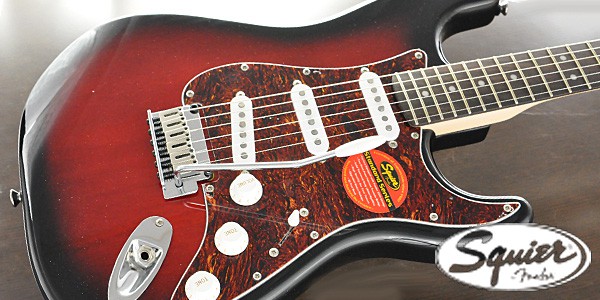


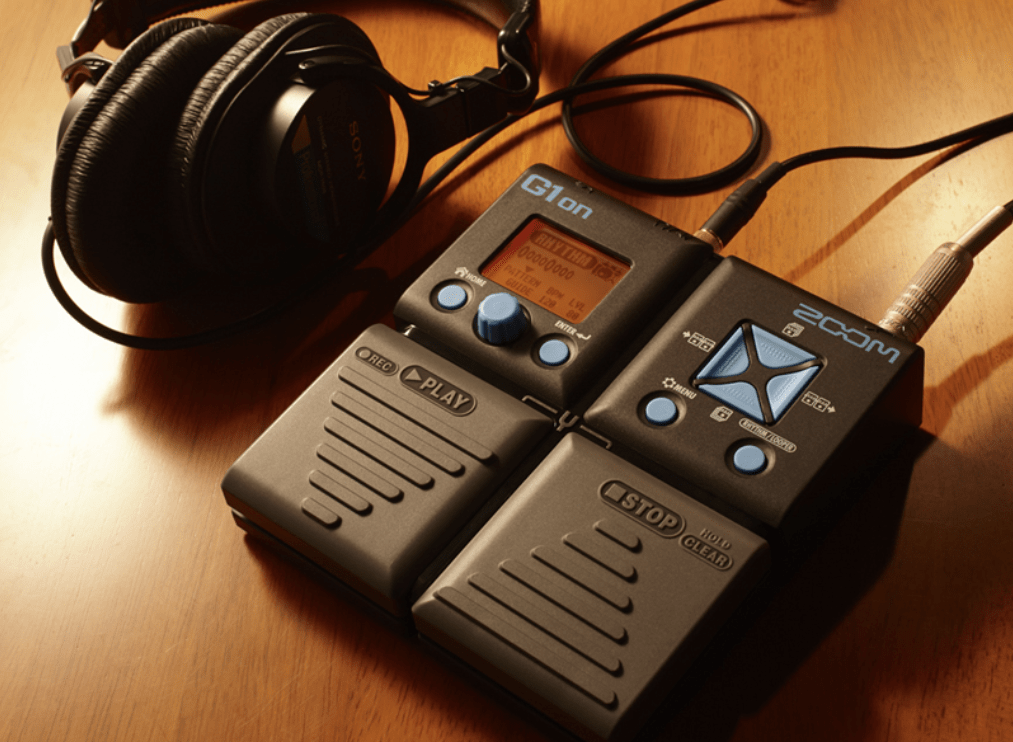
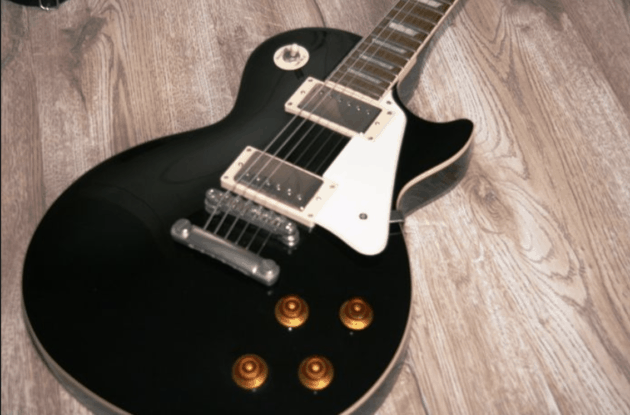
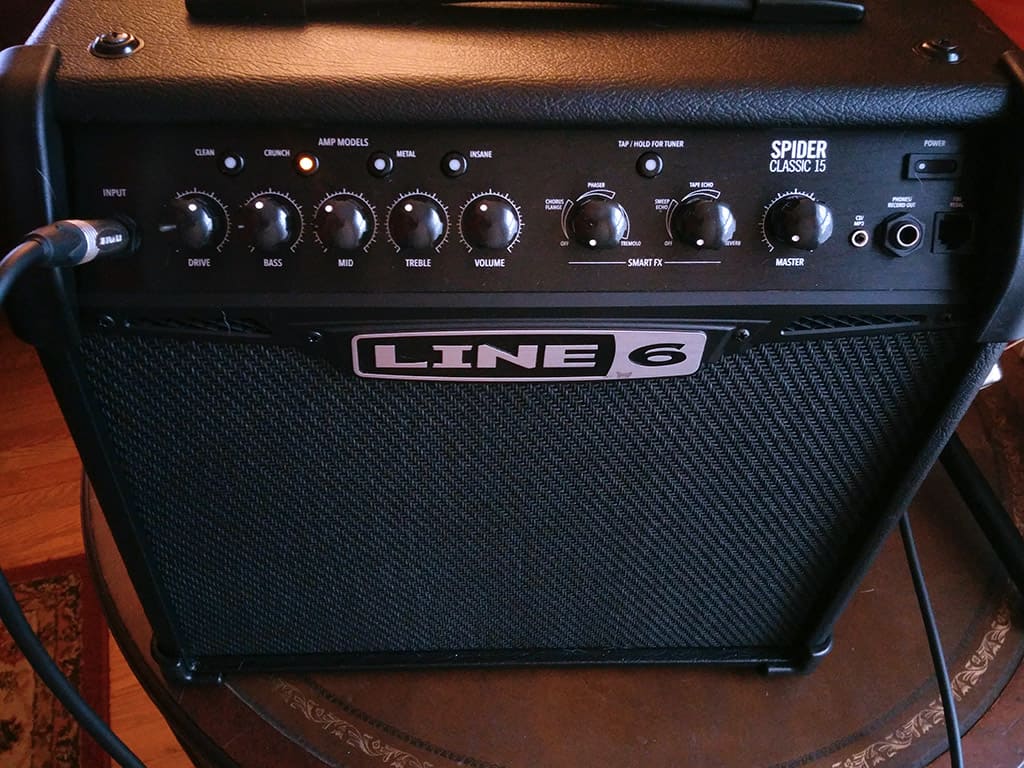
Awhile back I had an antique burst model with a rosewood board and, it was a very nice guitar but, for some reason I decided to sell it, easy come easy go. I kinda have a thing that if I want a new guitar then 1 or 2 have to go. I really wanted the candy red with the maple board but, at that time they were out of stock with no time posted as to when they would be in stock. If you’ve ever paid any attention Squier guitars with a maple board are hard to find new or used especially in the standard grade. There a few in affinity and, bullet but, when you go down in grades with squier guitar it can be hit or miss mostly miss. Standard on up is what you want, made much better in fit and, finish and, better hardware and, pickups. You’ll pay a little more but, it’s darn well woth it. I finally found a candy red with a maple board and, it is just excellent! I have a 1992 American Strat and, a Vintage modified 70’s strat with duncan designed pickups and, both of these are excellent guitars and, I have gigged them both with Very Satisfying results. I also plan on gigging this new Standard because it shows me everything that I look for in a Strat. The candy red with the maple board is absolutely beautiful looking kinda has a 60’s vintage look to it something like you would see at a Beach Boys concert. I am glad I found one.
It should be noted that there have been some players who have done quite well on their “lowly” Squiers. Jeff Healey comes to mind especially, Mike Rutherford, even J Mascis has been seen using his stock signature Squier (which is on the same level as the VM/CV series) live. A good player with a seasoned ear can fool even the most staunch of corksniffers with a few turns of amp EQ knobs and some inspired playing.